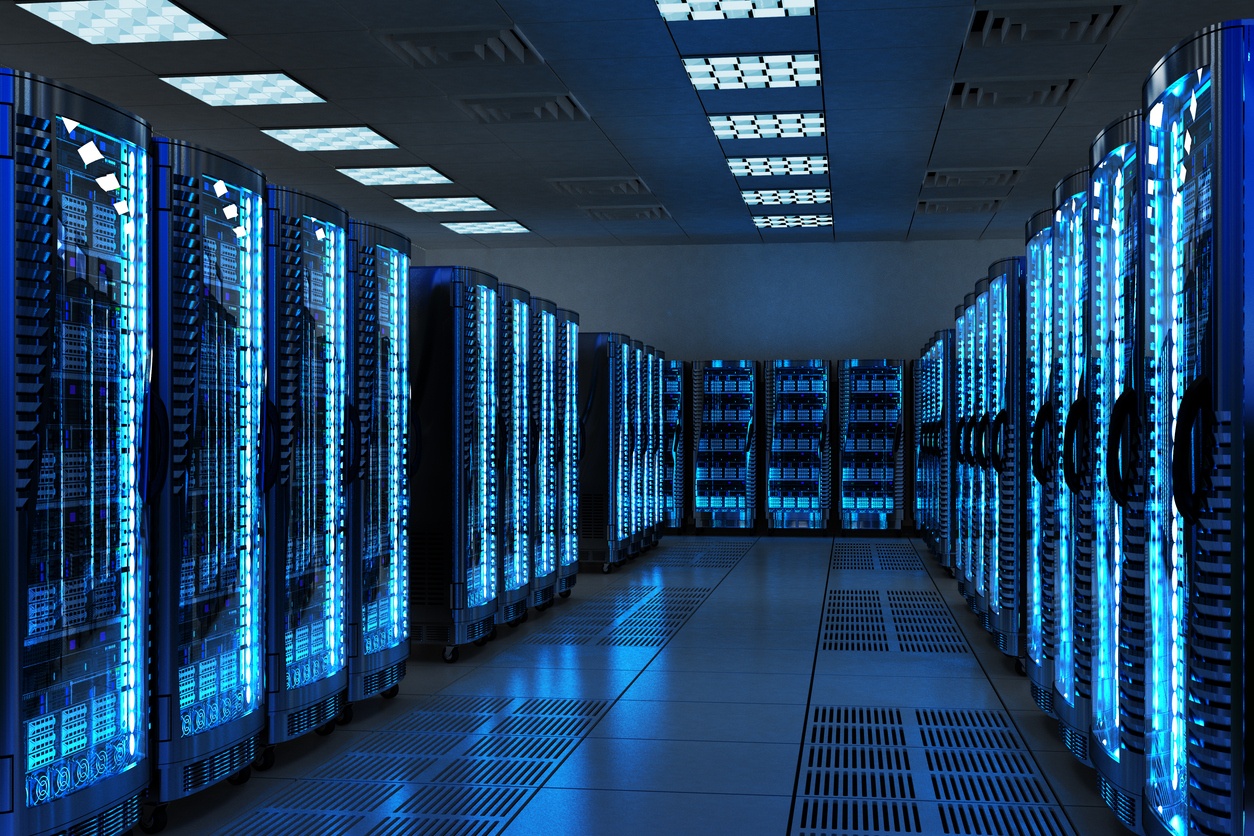
Published on 01/08/2018 | Technology
Digital transformation is about changing business models and about companies not just taking advantage of the huge opportunities created by these latest technologies but preparing for their constant evolution.
While the introduction of cloud-based data management systems has caused a bit of a culture shock for manufacturers, the benefits are far too significant to ignore. Increasingly more companies are developing or moving their workloads to the cloud by the day, aiming to migrate everything onto the cloud over the next few years. This digitization of data has enabled them to deliver competitive advantages in an ever-competitive landscape.
However, as businesses become more digital, there are more inherent cybersecurity risks, and the problem is growing. Further scrutiny has been placed business's ability to develop and maintain their IT security throughout this transition period.
Simply put, businesses can no longer afford to sit idly by and accept their current security status quo.
As moving to cloud software requires a willingness to move potentially sensitive production data beyond the safety of the businesses’ four walls, many companies will need to usher in a company-wide IT culture change. Despite those hurdles, organizations that have adopted cloud are finding that when it comes to the benefits, the sky’s the limit.
In the past, blanket statements suggesting cloud-based software presented additional security risks had no trouble finding support, but now that’s changing.
Experts at the RSA Security Conference in San Francisco agree that the cloud now offers safe options for corporate data management, often providing better security than companies’ private infrastructure. The fact that giants like Amazon and Google have embraced Cloud/SaaS-based platforms strongly suggests that security is no longer the concern it once was.
As with internal networks, cloud-based systems depend on organizations to implement in-house security measures and train employees on best practices to keep data safe. The simple fact is that the Cloud is more secure than ever: Most cloud security incidents result from a combination of misconfigurations or inadequate protections put in place by the businesses themselves, and this suggests they need to better understand the risks of the cloud. Availability and minimal infrastructure costs are important benefits, but they don't necessarily ensure data security.
Many cloud providers are not the ones actively managing the data, they are simply providing an infrastructure, leaving the management and security of data to their customers. Thus, manufacturers must make sure they are performing quality assurance on configurations and policies, maintaining access control lists properly, and auditing anyone who has access.
Good security practices are essential to any IT framework, whether it be the frequency of changing passwords, locking the door behind you, or logging out of public kiosks.
A good example can be found in the Equifax breach. In an attempt to skirt responsibility for the largest data breach in American history, Equifax executives say their on-premise infrastructure’s breach boiled down to one person not doing their job. A few weeks before the breach, the company sent out an internal email to deploy a specific software security update. However, when their system failed to identify any vulnerabilities and the IT department (who also ran scans) failed to recognize the vulnerability, the responsibility apparently ended up on one person. The notion that just one person didn’t do their job and led to the biggest breach in history shows a fundamental lack of good security practices that would be an issue for any company regardless of whether they used on-premise or cloud solutions.
Even the most secure in-house systems can become compromised. Despite that, the words “in-house” often inspire a misleading sense of invincibility. By partnering with the right cloud service provider and having a proper transition strategy in hand, small and medium sized business often gain a wealth of security expertise superior to that of their own tech teams.

When considering Smart Manufacturing technologies like machine monitoring or ERP systems, security isn’t the only advantage that SaaS and the Cloud have to offer. Here are just some of the not-so-obvious tangible and intangible advantages that SaaS offers when held up against its on-premise alternative:
Companies often get a false reading because they don’t take into account the real cost of on-premise software.According to a white paper by Intacct Corporation titled, ‘Moving to the Cloud: Understanding the Total Cost of Ownership’, companies can spend up to 75% of their total IT budget just to maintain and run existing systems and infrastructure. Cloud-based applications eliminate the need to purchase and maintain expensive servers - minimizing internal resource costs and further adding to their economic advantage. And, with no support, training or integration services costs to take on, it’s even more attractive.
Most Cloud/SaaS software is modular in structure, meaning you can start with the functionality you need and add more as you move forward, or even remove it, over time. This software model is far less restrictive than an on-prem solution, giving you the freedom to customise your system to reflect your developing business.
Today’s companies gather tremendous amounts of data, and they need not only storage of entire digital asset bases but also regular data backups to ensure the restorability of that data in the off-chance that disaster strikes. On-premise platforms require huge amounts of server space for this, which is costly, challenging to find the physical space, and necessitates an on-premise staff to maintain it. As SaaS systems are hosted and backed up onto the Cloud, the cost of storage, maintenance, and restoration are prerequisite in the subscription costs, freeing companies from the associated costs and general complexion inherent to in-house IT infrastructures.
In the age of technology, software capabilities are improving all the time and it’s never been more important to stay up to date. While on-premise solutions can roll out improvements, there can often extra costs associated and the responsibility ends up on the internal team to seek out and apply them.
With teams of developers constantly adding new features, SaaS platforms can also roll out new features instantly upon approval.
On-premise software vendors charge large up-front license fees, and after deployment, it becomes your responsibility to maintain the software going forward. The Cloud/SaaS model ties a vendor to your ongoing success. Their success depends on yours, which means they are driven to ensure you derive real value from the application.
Many small and medium sized companies - particularly those without extensive IT specialists - make purchase decisions without a good understanding of the value the software will deliver to their business. That can be a risky and extremely costly move with such a large, time intensive investment. Most Cloud/SaaS applications provide companies with trial versions or pilot periods to test the application first and ensure there is business value in the application. If the software doesn’t add value to your business, you need only cancel your subscription.

Day by day, manufacturers are getting Smarter - elevating their operations to higher, more efficient levels. While cloud and SaaS solutions may not be the answer (yet) for every organization, understanding the upsides and downsides to conventional software and on-premise infrastructure is imperative for savvy companies aiming to be both sustainable and competitive. It's not good enough for today's businesses to just keep up with the latest technological trends, it's essential to embrace their arrival, to plan for them, to prepare your team for them and to stay ahead of them.
So, with the knowledge that the cloud can be as secure as any private server while also being faster, more flexible and less expensive than any on-premise IT infrastructure, you might want to ask yourself this question: are my previous conceptions (or misconceptions) and fears of the cloud precluding me from transitioning my company toward future success? If the answer is yes, the time to reconsider is NOW.
It's like the ever-wise Sesame Street song says: "Things are always changin', so don't be sad and blue, change can make you happy, 'cause it brings you something new."
About the Author:
Graham Immerman is the Director of Marketing for MachineMetrics, a fast-growing IIoT Software company for Manufacturers located in Northampton, MA. Graham is an accomplished leader and experienced (albeit 30-year-old) start-up veteran with an integrated background in digital, social, traditional, account-based marketing, growth strategies, and business development. Graham spent his early career working on Madison Ave. and for boutique marketing firms to help businesses create and execute successful strategies and tactics that to increase their digital presence and ROI.